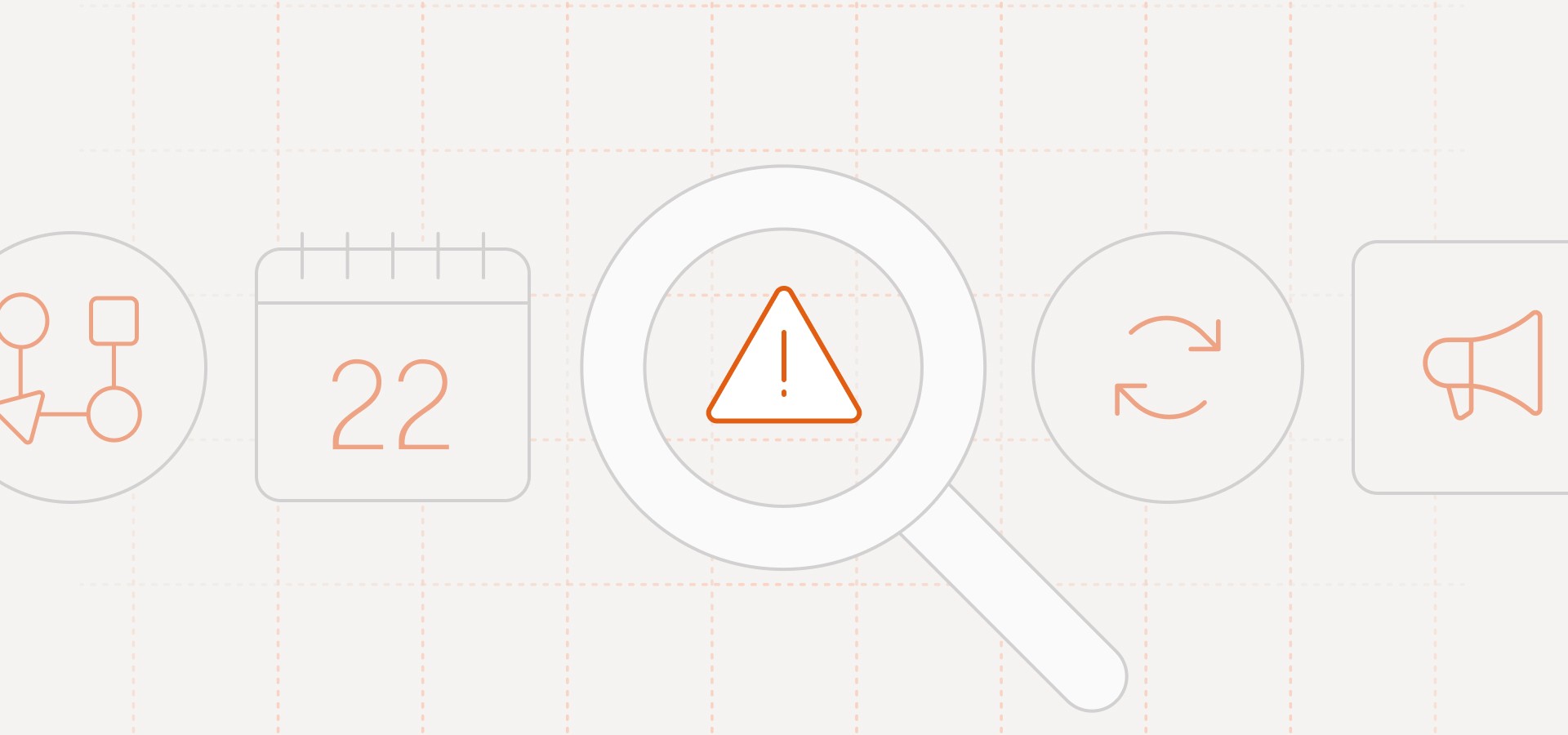Which discount percentages drive the highest conversion rate?
The answer may not be what you think...
Discounting is an incredibly common strategy in virtually every industry
Need to boost sales? Send a discount!
Hands down, discounting is the most popular tool in a marketer's toolkit for increasing sales.
In fact, a study we recently conducted on over 28,000 eCommerce SMS messages and push notifications from retailers such as Macy's, Walmart, Amazon, and others, found that over 81% of these messages contained a discount, and these were the most popular discount amounts:

How do you pick the right discount amount?
As shown above, our internal research found that the most common discount amount offered was 50% (which is a little alarming, as Shopify noted that eCommerce net profits are typically only between 5-20% ).
This is why we need to be diligent when choosing discount amounts:
While discounting can drive more sales and revenue, it can have a damaging effect on profits.
Groupon is an excellent cautionary tale on the dangers of discounting:
“[With Groupon,] there was no way of guaranteeing that you weren’t cannibalizing your existing customers, giving a discount to people who would have bought from you anyway. There was no way to guarantee that the customers you attracted would ever come back without a discount. There was no effective way to limit the quantity of items you sold at a discount. Shops were driven into bankruptcy because Groupon sold thousands of items below cost. That’s crazy.” -Eric Clemons, Wharton professor of operations, information and decisions
Another study found that only a relatively low percentage of deal users, 35.9%, spent beyond the deal value, and just 20% returned for a full-price purchase. This correlates with our own customer research — Customers who come in on a discount seldom turn into our best customers
That said, we shouldn't give up on discounting entirely
While excessive discounting can be damaging, intelligent discounting can be incredibly effective. And that's exactly what our research found:

Notice that lower discounts (20-30%) drive higher engagement than the control group, but offering a 15% discount actually drive the most conversions vs. control.
Simply put, higher discounts tend to drive more window shoppers, while lower discounts are the perfect nudge your loyal shoppers need to covert.
So, generally, if you're offering a discount, it's best to keep it low
You'll drive more conversions from your loyal customers without sacrificing too much profitability or drawing in the wrong crowd.
Other questions/considerations:
How does the impact of discount percentages on conversion rates vary by product type or category?
The effectiveness of discount strategies can significantly vary across product types or categories. High-demand or luxury items might not need deep discounts to attract buyers, whereas more commoditized products could benefit from larger discounts to stand out in a competitive market. Understanding the specific demand elasticity and consumer expectations within each category is crucial for determining the most effective discount percentage.
Are there specific market conditions or times of year when the effectiveness of discounts changes?
Yes, the effectiveness of discounts can fluctuate with market conditions and seasonal trends. For instance, during holiday seasons or major sales events (like Black Friday), consumers might expect and respond more positively to higher discounts. Conversely, during off-peak times, smaller discounts might be more effective as a nudge for loyal customers without eroding profit margins significantly.
How do consumer demographics or purchasing behaviors influence the effectiveness of different discount levels?
Consumer demographics and purchasing behaviors greatly influence discount effectiveness. Younger shoppers or those with a more price-sensitive profile might be more attracted to higher discounts. In contrast, more affluent or loyal customers may appreciate smaller, exclusive discounts that recognize their customer status. Tailoring discount strategies to match the preferences and behaviors of different consumer segments can optimize conversion rates and customer satisfaction.
---
Bonus Tip: More important than understanding discount amounts is understanding buyer propensity:
The most effective discounts take into account how likely a user is to convert.
If a user is already likely to buy, a discount is just giving away margin.
If a user isn't likely to buy, discounts are ineffective (Send a product recommendation instead.)
If a user is 'on the fence' (somewhere 60-80% to make a purchase), then send a discount.












